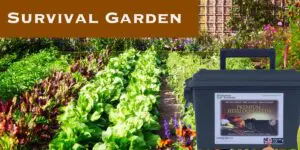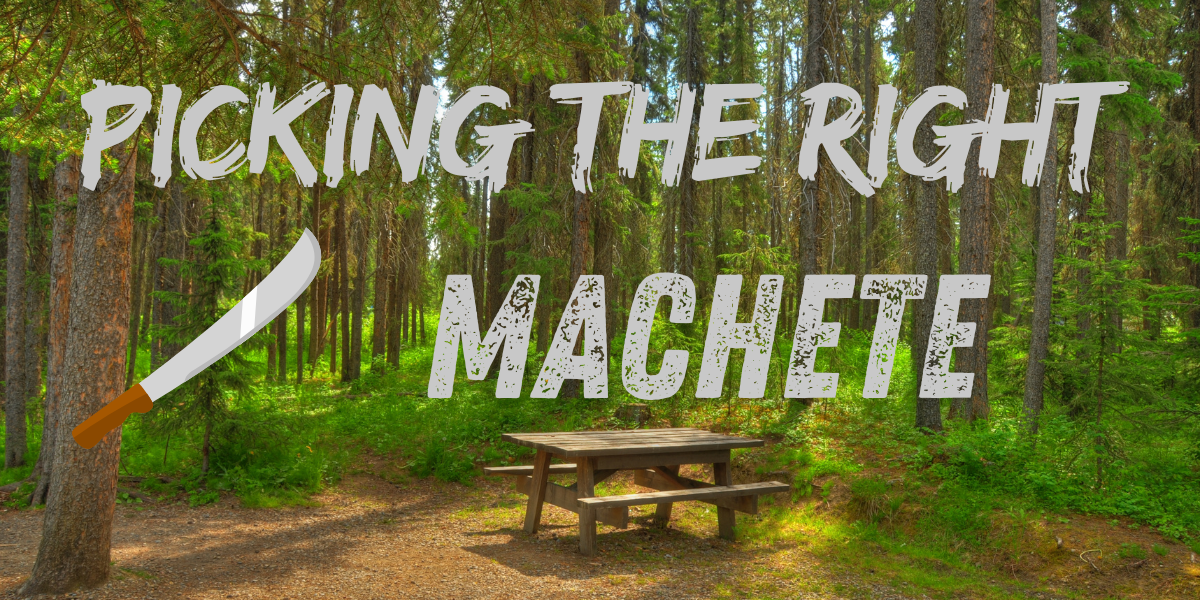Today, we’re diving into a topic that’s often overlooked in self-defense and critical situation courses—but it’s arguably one of the most fundamental things you must understand: what is a threat. I’m (Justin) not a lawyer, so this is not legal advice. It’s important to consult a legal professional for that.
Understanding the Fundamental Question: What is a Threat?
Based on my experience in handling many service calls and interviewing people at the scene, not being able to describe what counts as a threat can put you at a disadvantage, not only in court but also in life-threatening situations.
The Three Key Components of a Threat
In the Modern Warrior Project, we break down a threat into three primary components: Ability, Opportunity, and Desire.
Here’s how you can identify each:

1. Ability
Ability refers to the specific mechanism by which the individual can do you harm. This could be:
- A vehicle driving at you fast
- A firearm
- A knife or another weapon
- A beer bottle, tire iron, etc.
It could also be a group of individuals, which introduces a disparity of force issue, or someone you know to have superior fighting skills. Essentially, it’s about identifying what specific capability the person has to harm you.
2. Opportunity
Opportunity is what makes it possible for the individual to carry out their threat. This often comes down to proximity but can also include other factors. For example, if someone across town calls you and threatens to harm you, you should take it seriously and contact authorities. However, if you were to take matters into your own hands and drive over there, the opportunity element changes drastically—and you could find yourself in deep legal trouble.
3. Desire
Desire is perhaps the most complex to identify.
Imagine you’re a police officer, knocking on someone’s car window. You have both the opportunity (proximity) and ability (you’re armed) but no desire to harm the individual.
It’s the hardest element to articulate unless the perpetrator has made clear overt actions, like:
- Drawing a firearm
- Charging you with a knife
- Verbally threatening to harm you
- Sending threatening emails
At the end of the day, all three elements—ability, opportunity, and desire—must be clearly identified for someone to be considered a threat. When any of these elements is no longer in play, the person is no longer a threat. For instance, if they drop a firearm but still have it close enough to access quickly, they may still have the ability, but if they show surrender and compliance, the desire is no longer present.
Trusted by Military, Maximum Strength, Quick Access Flip Top, Sprays Any Angle, 18ft Range - 2 Pack
Watch The Video Above For Some Example Discussions
Understanding Articulation
One of the most crucial aspects of managing a threat in the aftermath is being able to articulate why you did what you did. If you can’t clearly explain the presence of ability, opportunity, and desire, you will struggle to justify your actions, whether to law enforcement or in court.
Accurate and clear articulation can mean the difference between a defensible action and one that lands you in deep trouble.
Final Thoughts: Stay Smart, Stay Safe
Remember, a person is only a threat when they possess the ability, opportunity, and desire to do you or someone else nearby harm. Train smart, remain aware, and stay safe.
































